
A popular conceit for a newspaper is that it is the purported “first draft of a history.” Newspapers informed the public. But they also tended to reflect the public’s opinion. And that opinion for waging the Seminole Wars waned overtime, as did newspaper coverage.
How did local and national newspapers present the Seminole Wars in print? Was the war always front-page news? How did the war’s placement compare to other events of its time? What did newspapers get right in what they reported from the field of battle and the fog of war? And what constrained newspapers from offering a fuller treatment of the war? How did the war’s placement compare to other events of its time?
In the first of a two-part episode, Jesse Marshall returns to the Authority. He has reviewed a stack of 19th century newspapers from the Seminole Wars Foundation’s archives and assesses how much of their war reporting has stood the test of time.
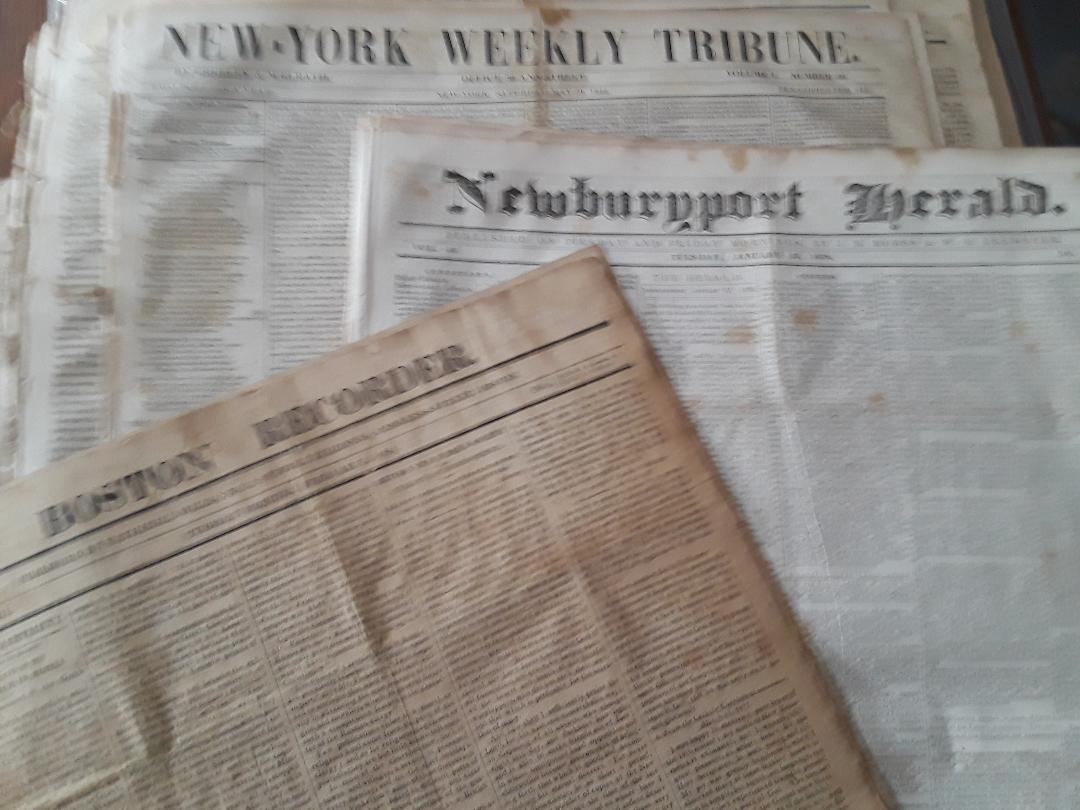
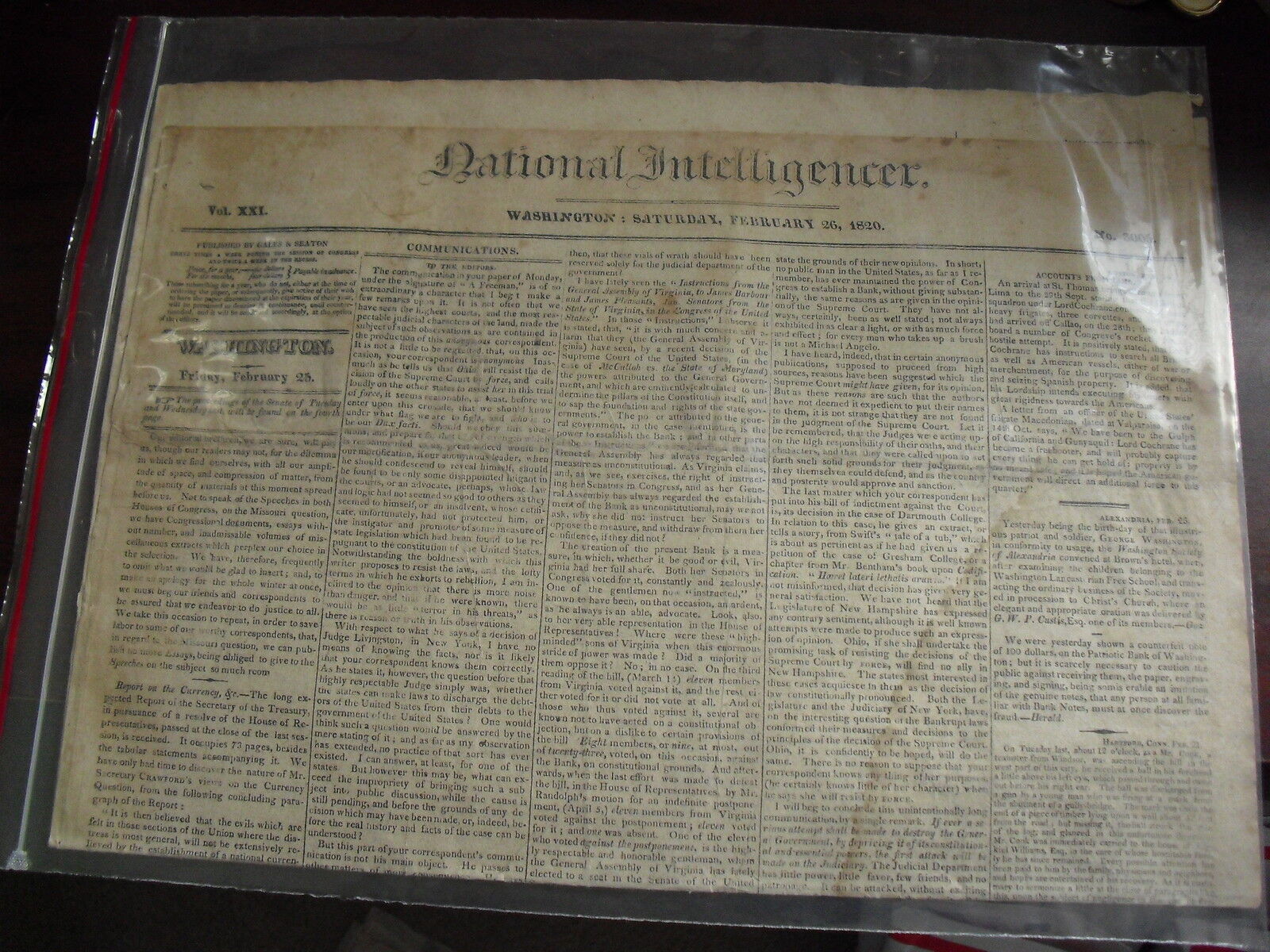
Before an improvement in printing technology allowed for regular use of printed illustrations, newspapers until the 1940s were relatively drab in layout. Text alone conveyed the news.
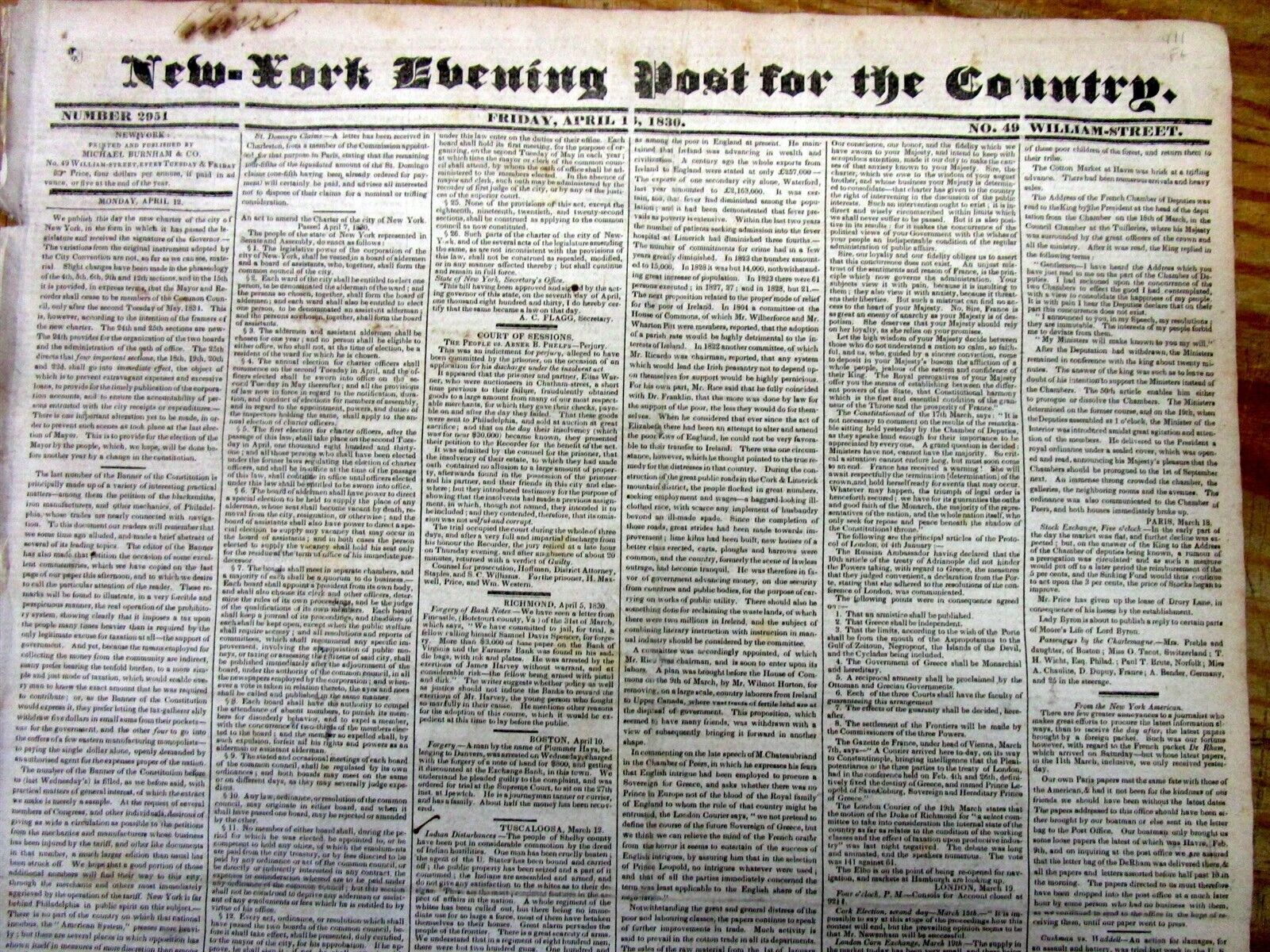
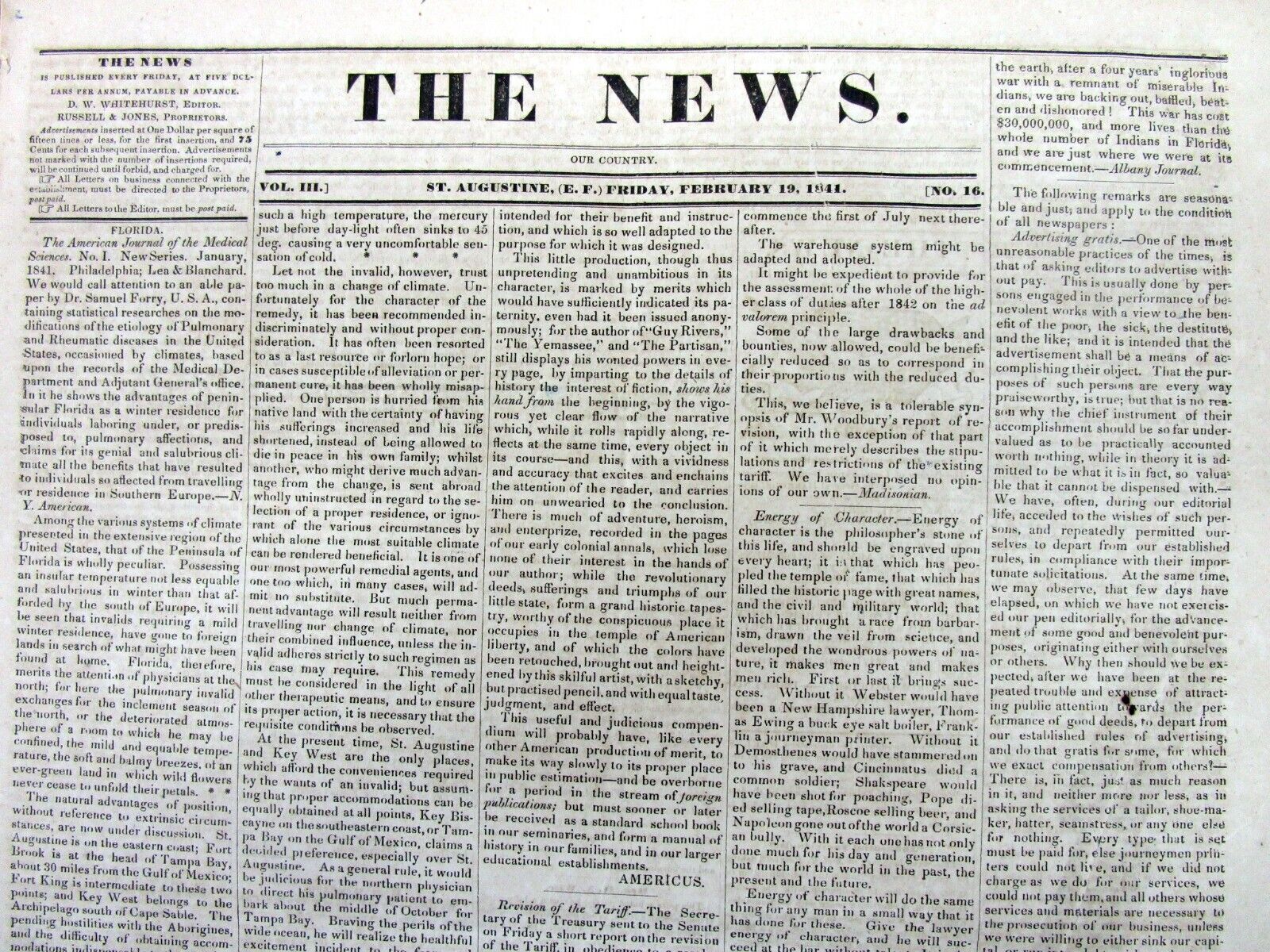
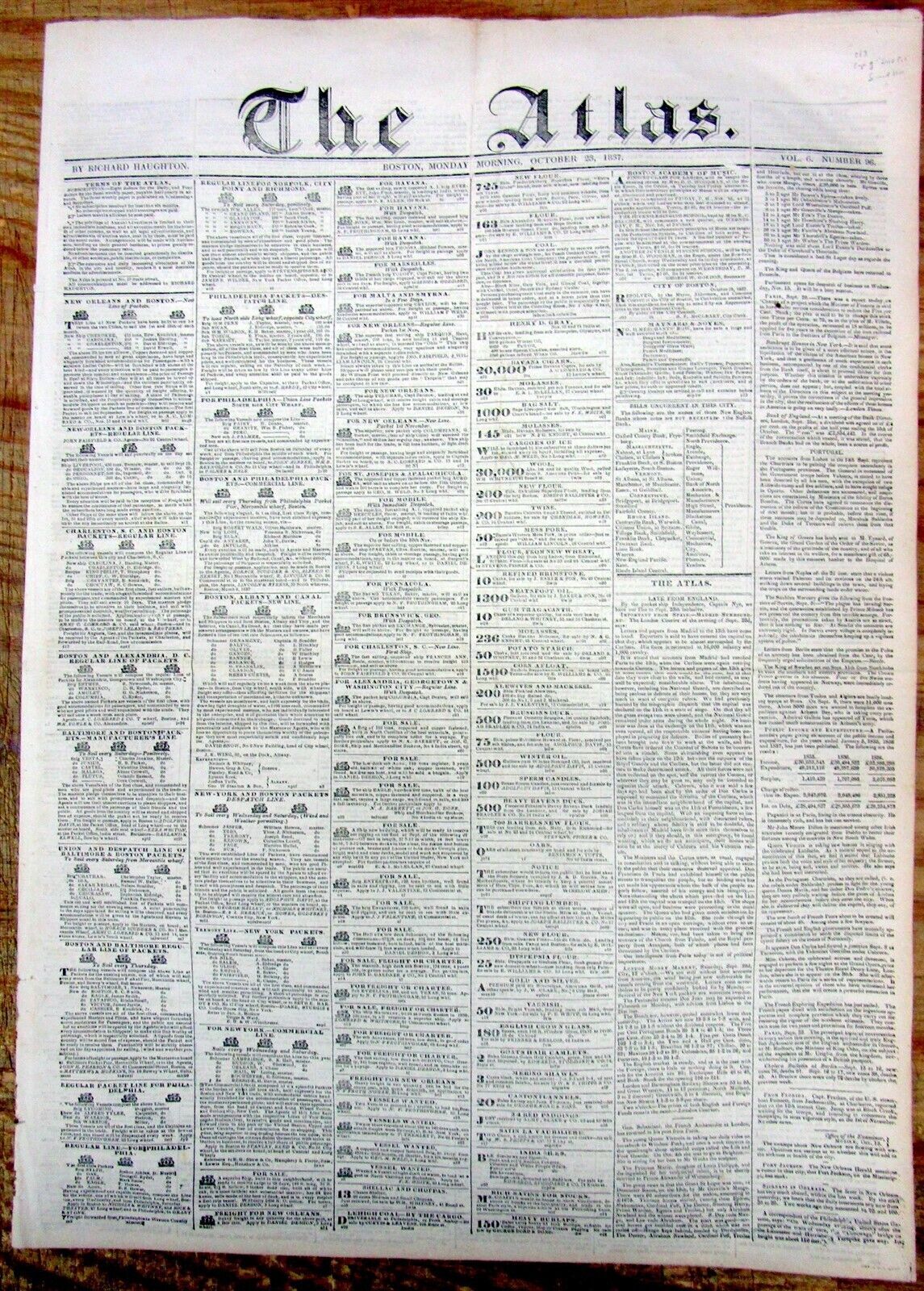
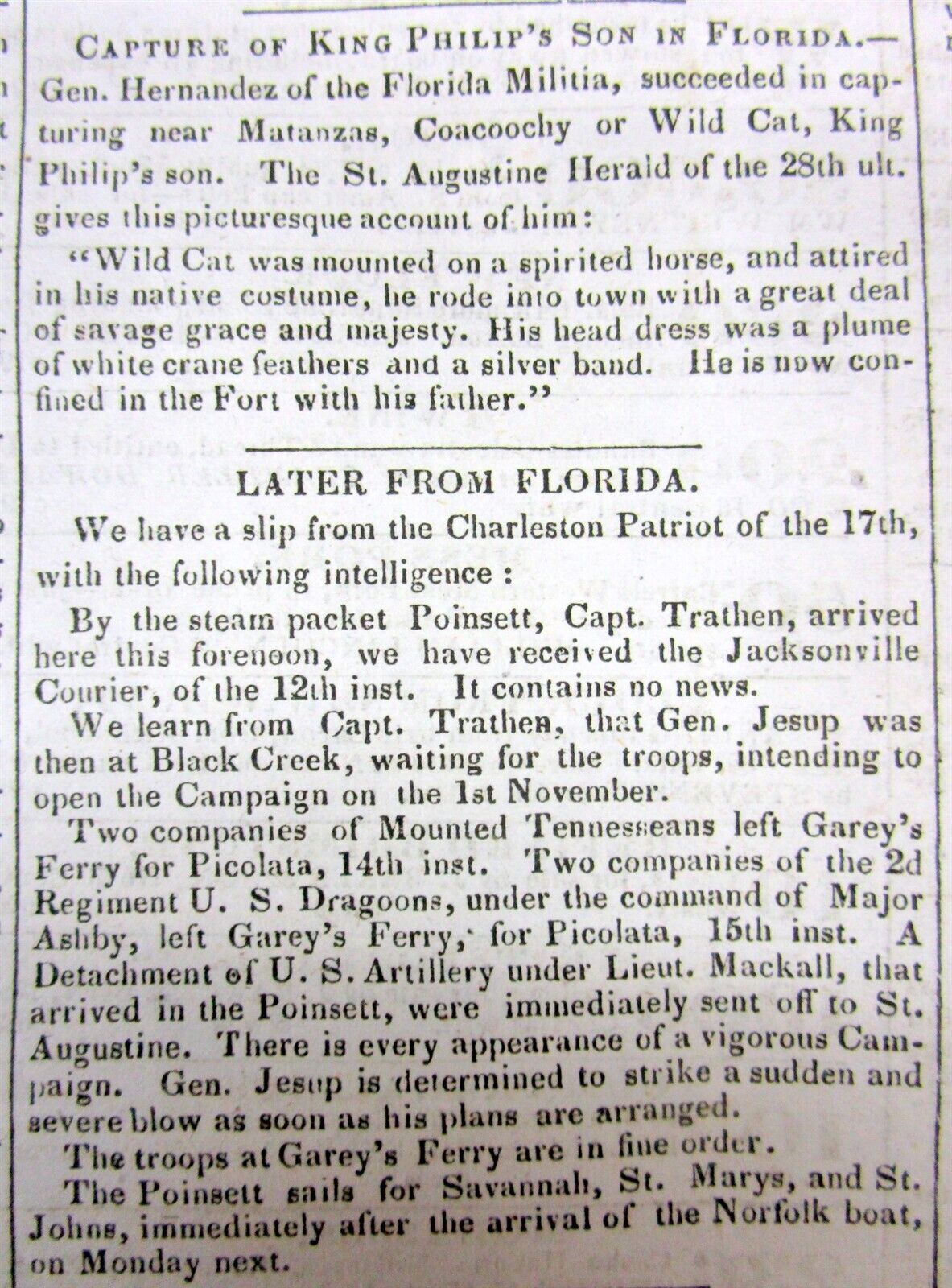
One could follow the war in the newspapers, if one read carefully.
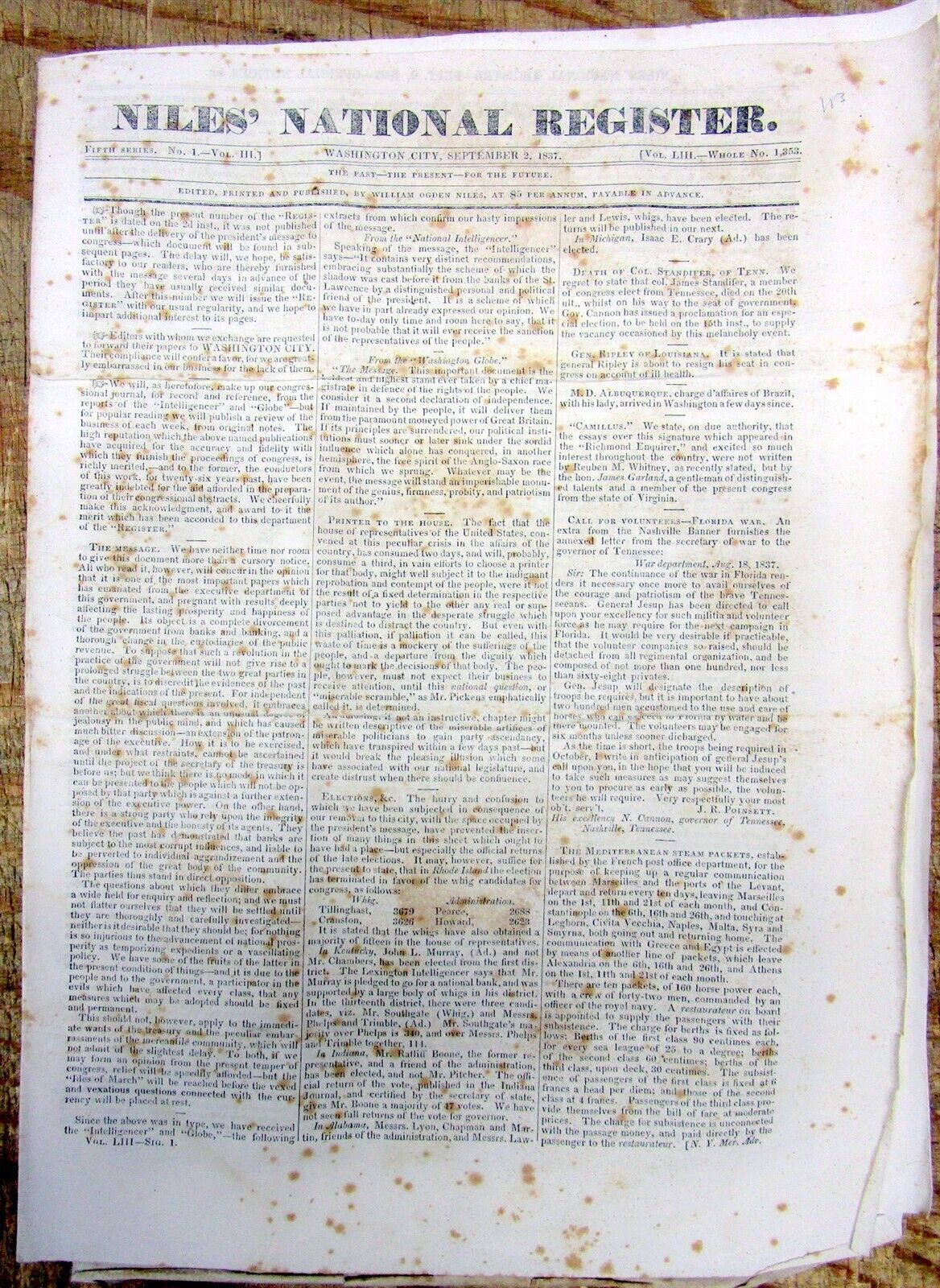
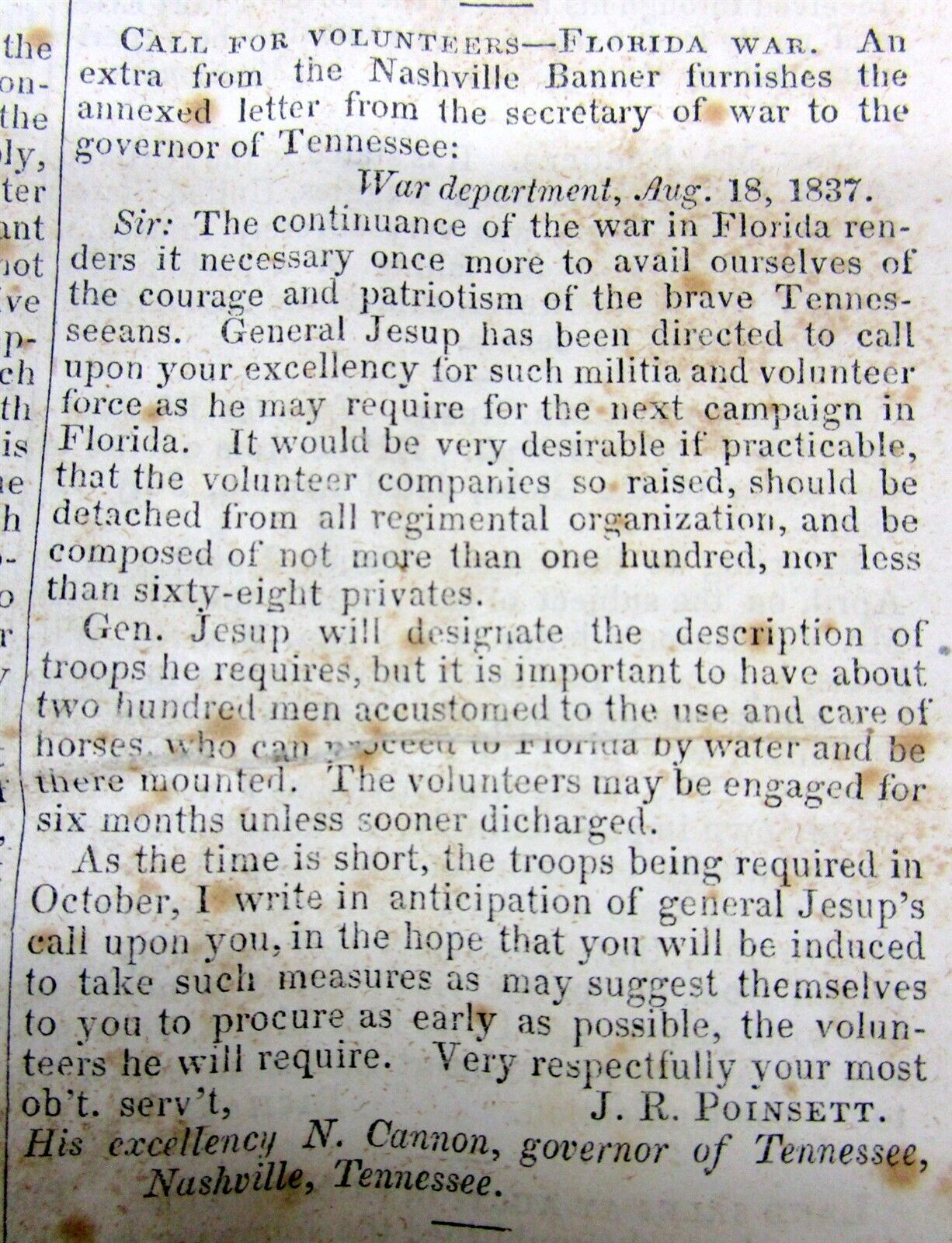
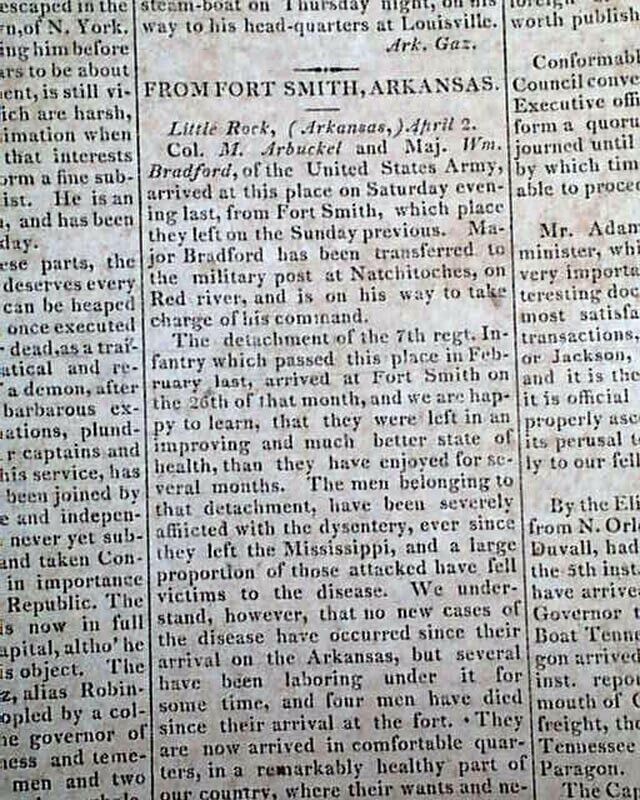
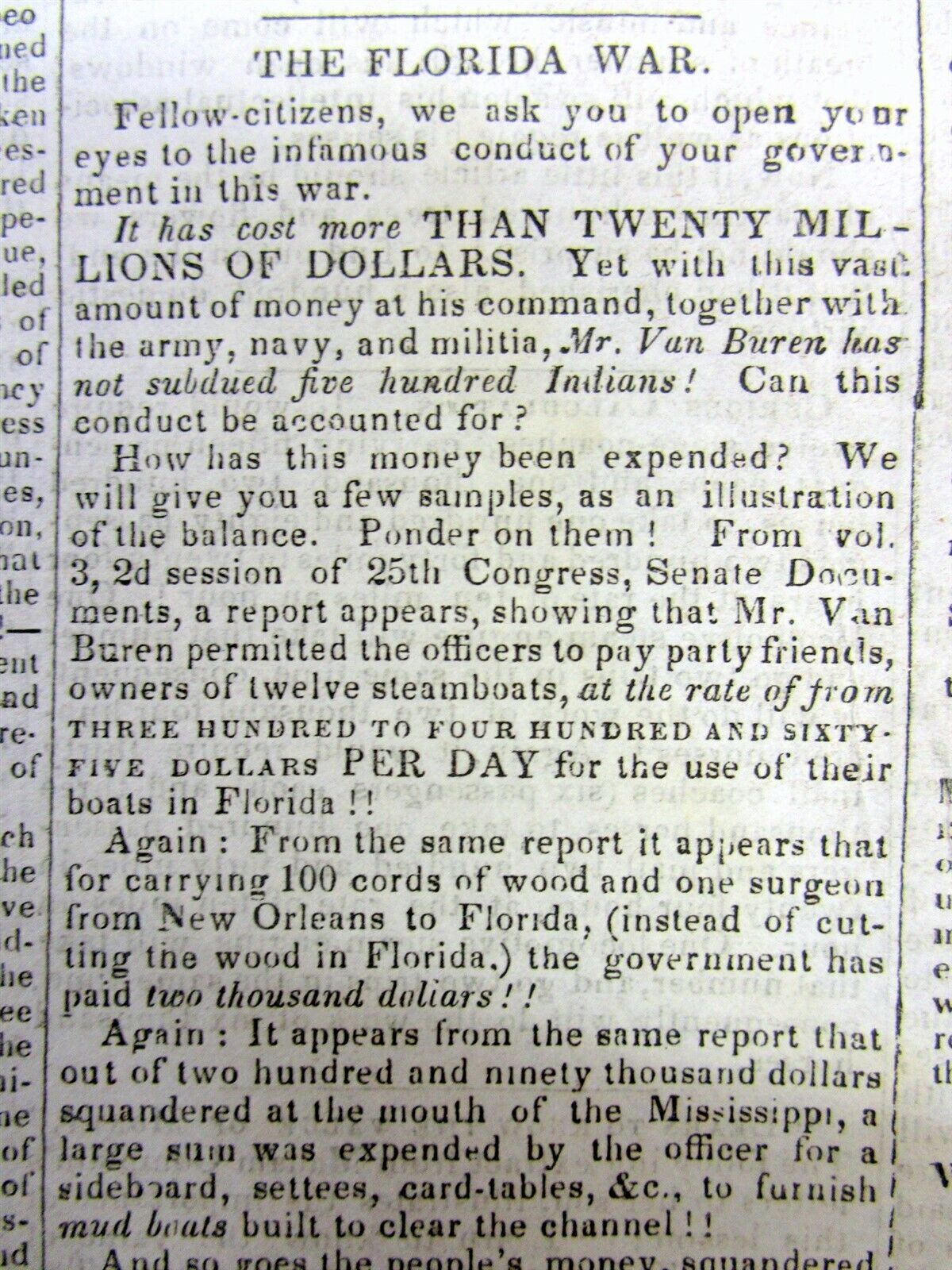
Newspapers listed military officer assignments and ran editorials and letters to the editor for -- and below, against -- the Florida war. They also sold ads for returning runaway slaves to their owners as well as various sundry items.
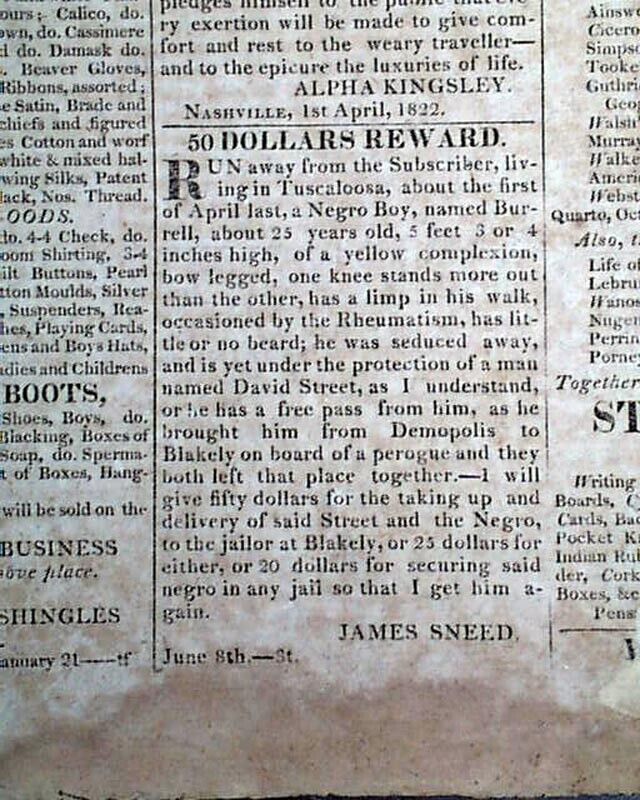
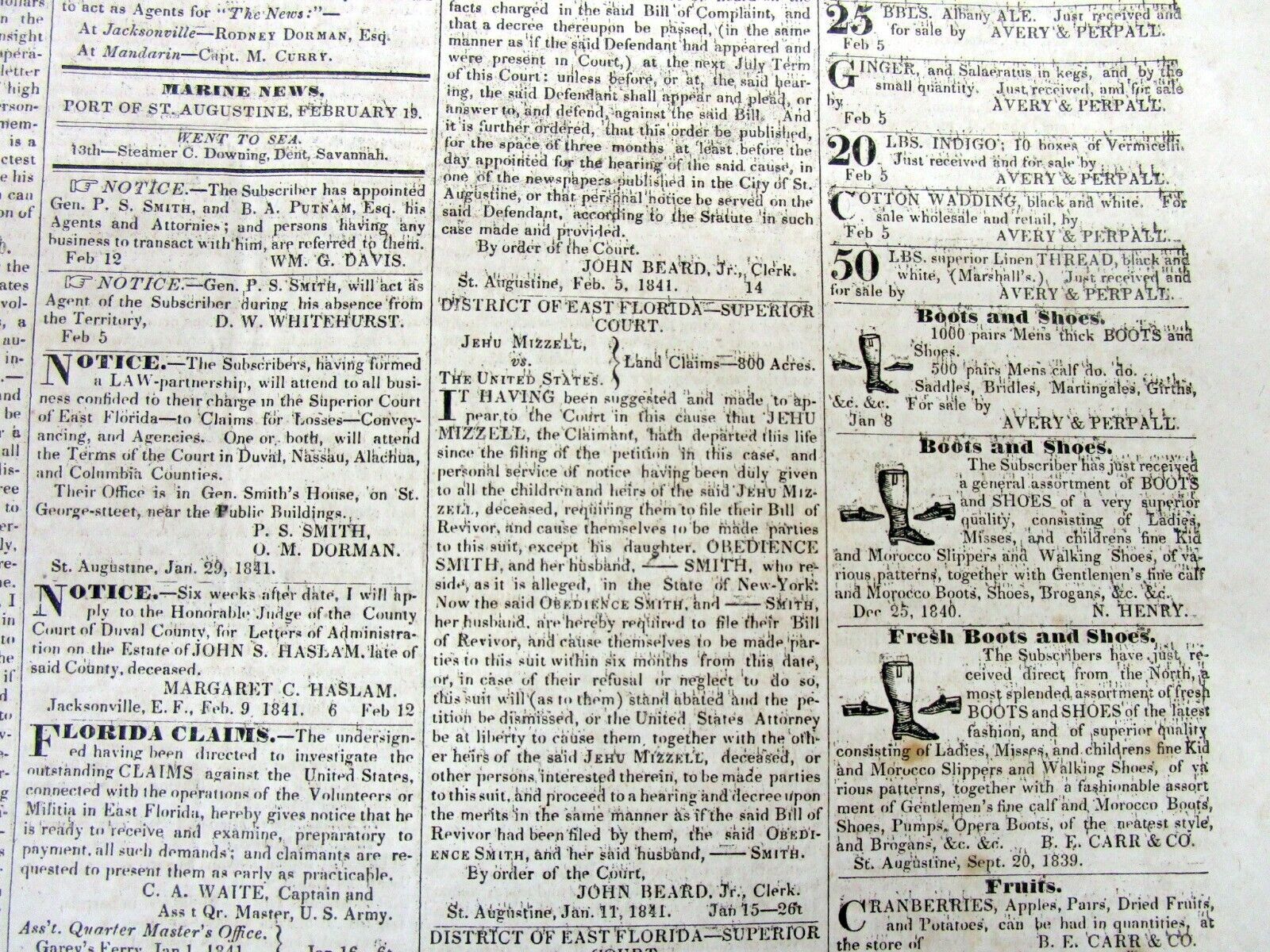
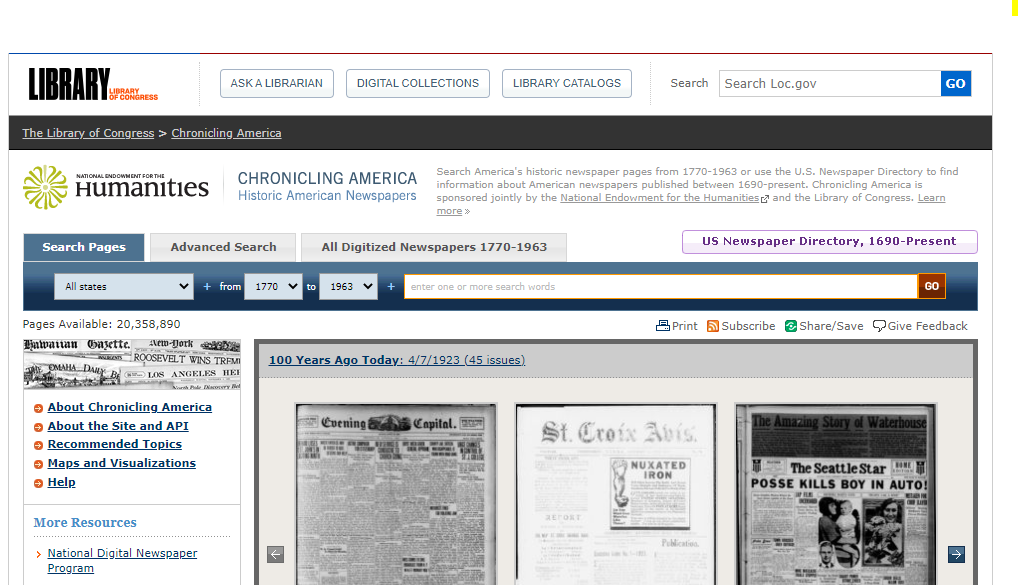
Some websites let researchers read thousands of U.S. newspapers online.
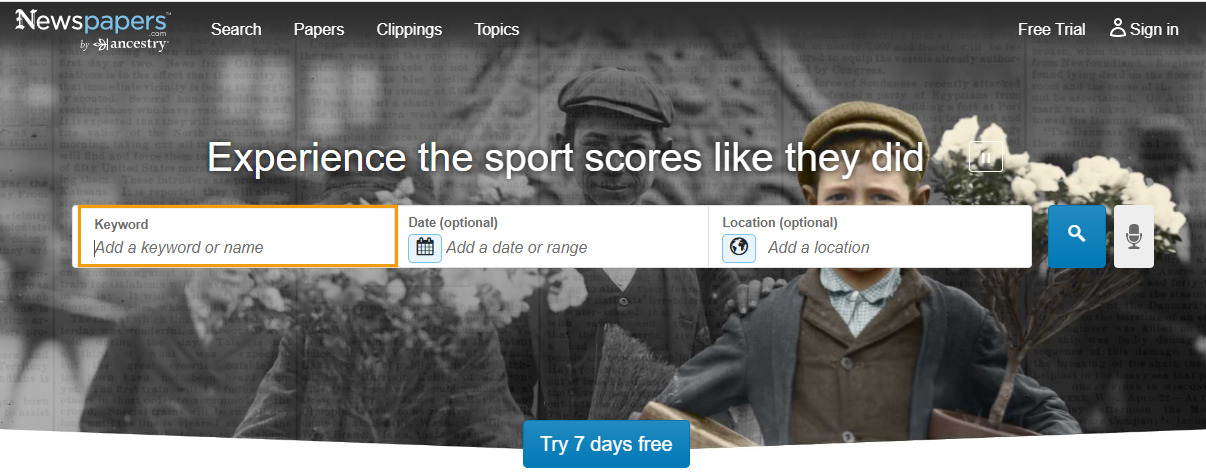
Host Patrick Swan is a board member with the Seminole Wars Foundation. This podcast is recorded at the homestead of the Seminole Wars Foundation in Bushnell, Fla.
Subscribe automatically to the Seminole Wars Authority through your favorite podcast catcher and "like" us on Facebook, LinkedIn, and YouTube!
No comments yet. Be the first to say something!